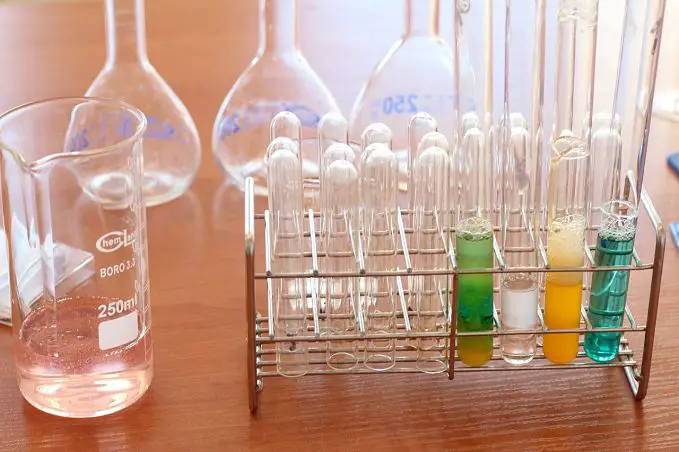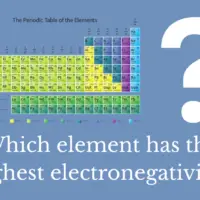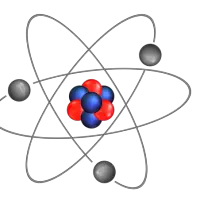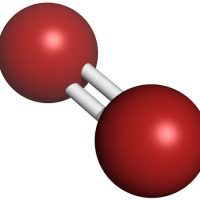All chemical reactions involve a change in energy. An endergonic reaction takes in energy overall, while an exergonic reaction releases energy overall. Because the energy changes in chemical reactions are almost always in the form of heat, the terms endothermic and exothermic reactions are used.
Endothermic and exothermic reactions
In any chemical reaction, bonds are broken and then reformed.
To break chemical bonds, energy must be added to the reactants. This boosts the reactants up to a high-energy transition state, where bonds are partly broken and partly formed.
This intermediate transition state is very unstable. The energy required to move the reactants to this transition state is called the activation energy.
Conversely, when the new chemical bonds are formed, energy is released. This brings the reaction down from the unstable transition state to the formation of the products. This new bond formation releases energy.
There are two scenarios that are possible with respect to overall energy changes in chemical reactions. These are the results of what are known as endothermic and exothermic reactions. Let’s now take a look at each.
Endothermic reactions
For an endothermic reaction, more energy is absorbed than is released.
This means that there is a large amount of activation energy added to the reactants to get them to the transition state, and only a small amount of energy is released when the products form.
However, the products of this type of reaction contain more potential energy in their bonds in comparison to the reactants.
An example of endothermic reactions is photosynthesis, where oxygen and high-energy glucose molecules are built from low-energy carbon dioxide and water. Photosynthesis requires the overall input of energy, but the glucose maintains a good portion of the activation energy in its bonds.
For an endothermic reaction, more energy is absorbed than is released.
Exothermic reactions
Exothermic reactions are the reverse scenario. Only a small amount of activation energy is required to get the reactants to the high-energy transition state, and when the products are formed, a large amount of energy is released.
In this case, the products are more stable than the reactants and contain less energy than the reactants did.
Combustion is a great example of an exothermic reaction. A small amount of energy is absorbed to get the reaction started, perhaps in the form of adding a lit match to the reactants. Once the transition state is reached, a large amount of energy is released in the form of light and heat until the products, carbon dioxide and water vapour, are formed.
Another way to imagine an endothermic reaction is to picture someone pushing a large boulder up a large, steep hill. Once they are at the top, the boulder rolls a short way down to a plateau on the other side. For an exothermic reaction, the boulder only has to be rolled up a small distance to the top of a hill, and then it rolls a long distance all the way down to the bottom.
For an exothermic reaction, more energy is released than is absorbed.
Changes of state
In addition to chemical changes, changes of state are also endothermic and exothermic. Moving from solid to liquid to gas requires the input of energy to excite the molecules more and more. On the other hand, moving from gas to liquid to solid releases energy, as excess energy is given off when molecules slow down.






